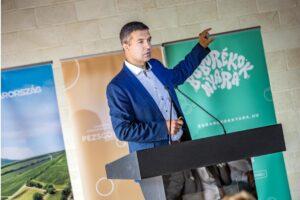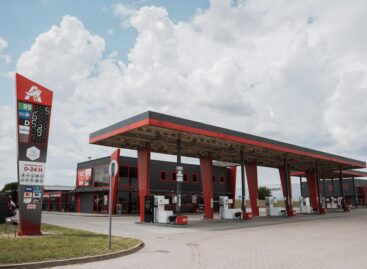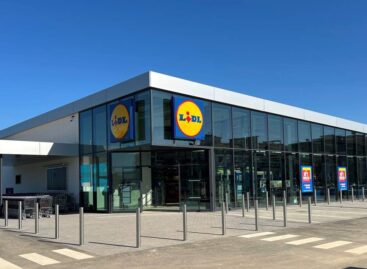The number of champagne wineries in Hungary has tripled
The number of wineries producing champagne has tripled in 5 years and last year it already exceeded 120 wineries, thanks to the growing consumer demand for special, high-quality champagnes and the bureaucratic barriers that the government has dismantled in the past decade against champagne production, announced Zsolt Feldman of the Ministry of Agriculture for Agriculture and State Secretary responsible for rural development.

(Photo: AM/Tibor Vermes)
In the opening speech of the fifth Etyek Champagne Conference and Champagne Festival, the state secretary explained that around 140,000-160,000 hectoliters of champagne are produced in Hungary every year, so 5-6 percent of the produced wine products are now made in the form of this bubbly drink. Most of the production is covered by the Upper Pannonian and Danube wine regions. He emphasized that the preparedness of the Hungarian wine and champagne-making professional community provides a good basis for continuing the quality renaissance of traditional champagne. He added that the government created the opportunity to move forward, as the strengthened protection of origin system and the new state marketing program can help achieve the goals. The government is also paying attention to providing assistance for the renewal of vineyard areas and the development of technology.
The state secretary noted that Hungarian wine imports have been stagnating at a low level for years
Since 2018, it has been around 100,000 hectoliters, which means that the total Hungarian wine consumption is only approx. means 5%. Imports are only a tenth of Hungarian production, but they have shown growth in value and quantity in recent years as a market response to the growing consumer demand for champagnes, increasing the selection. In 2022, it accounted for almost 20% of the imported volume of all winemaking products, and more than 41% of its value. Hungarian champagne is not only sold domestically, but also exported, he mentioned Canada, Romania, Estonia, Sweden and Latvia among its biggest markets – both in terms of value and volume. Since the value of imported champagne is much higher than that of exported products, changing this will be a serious task for the sector in the future.
The Secretary of State concluded his presentation with the wine law innovations
He explained the new EU wine labeling rules and changes, in the framework of which the energy content, nutritional value and ingredients will now have to be indicated on the labels. He emphasized that the labeling obligation does not apply to wine products made before December 8, 2023. He mentioned the QR code as one of the possible technical solutions for electronic labeling, which in the future should lead consumers directly to the electronic interface containing information related to the specific wine product that is subject to labeling. Since the EU regulations do not allow this information related to nutritional value and ingredients to be published together with marketing and sales information, the websites of wineries in Hungarian will be of little use for this purpose, therefore the Ministry of Agriculture is working on the creation of a common electronic labeling interface for the sector with the cooperation of the NÉBIH and the HNT. In addition to the joint database, the professional workshops will begin in the fall, and guides for the introduction of changes will be published continuously, highlighted Zsolt Feldman.
AM
Related news
AM: the Szupermenta product test program provides additional information for purchase
The National Food Chain Safety Office (Nébih) Szupermenta product test…
Read more >The Ministry of Agriculture has issued a notice on the use of ENAR data in support policy
In the case of animal-based subsidies financed from EU funds,…
Read more >In the mood for Christmas: szaloncukor in the unusual test of Supermint
The main characters of the seasonal product test of Szupermenta,…
Read more >Related news
Small gas stations have taken a breather
Resolute action and mutual negotiation skills were needed to keep…
Read more >They want it to be premium, but also sustainable – expectations of the youngest generation
GlobalData’s latest report, “Demographics in Retail and Apparel” – which…
Read more >TikTok conqueror: Dubai chocolate craze at Lidl
As the Christmas holidays approach, there is an increasing demand…
Read more >







